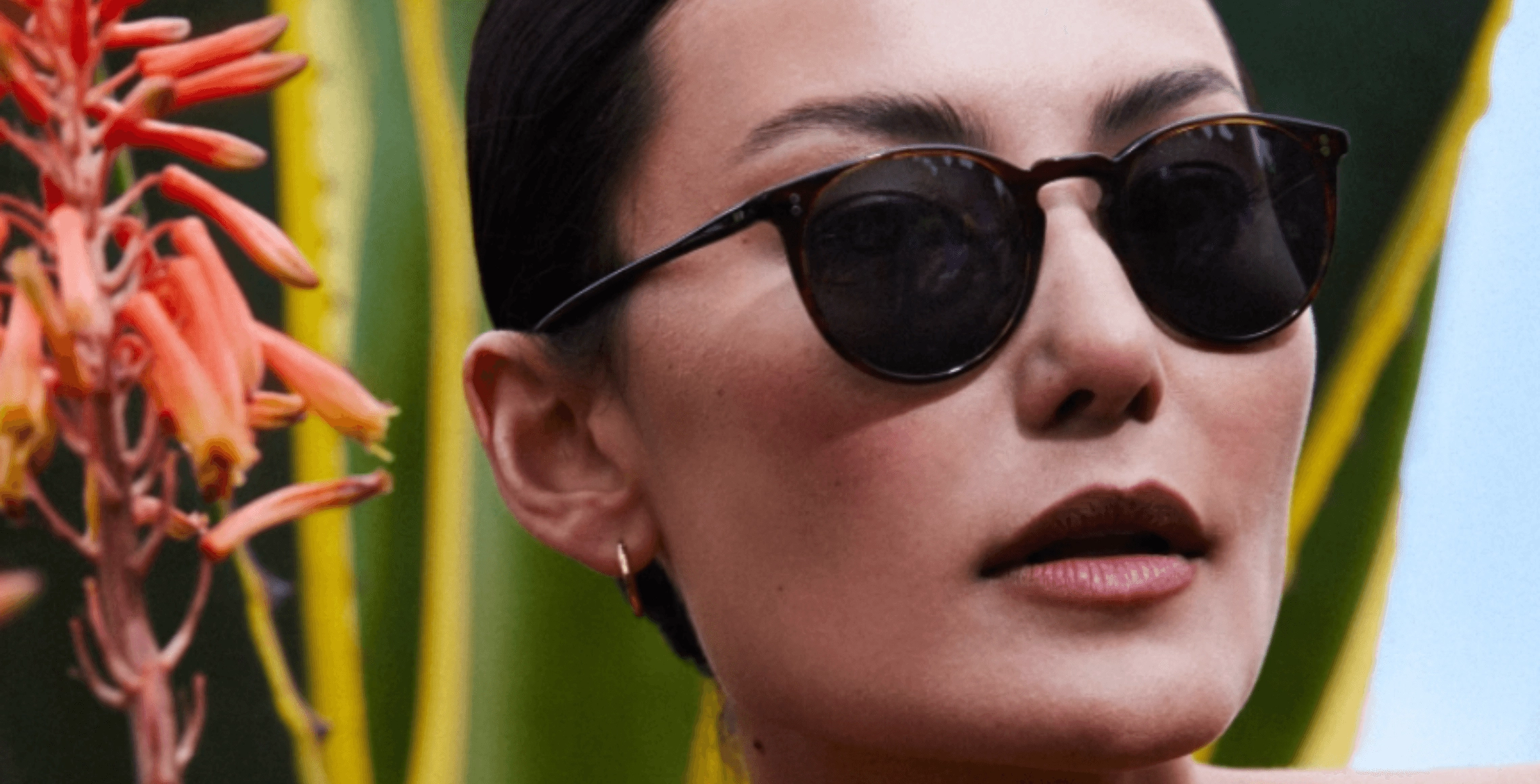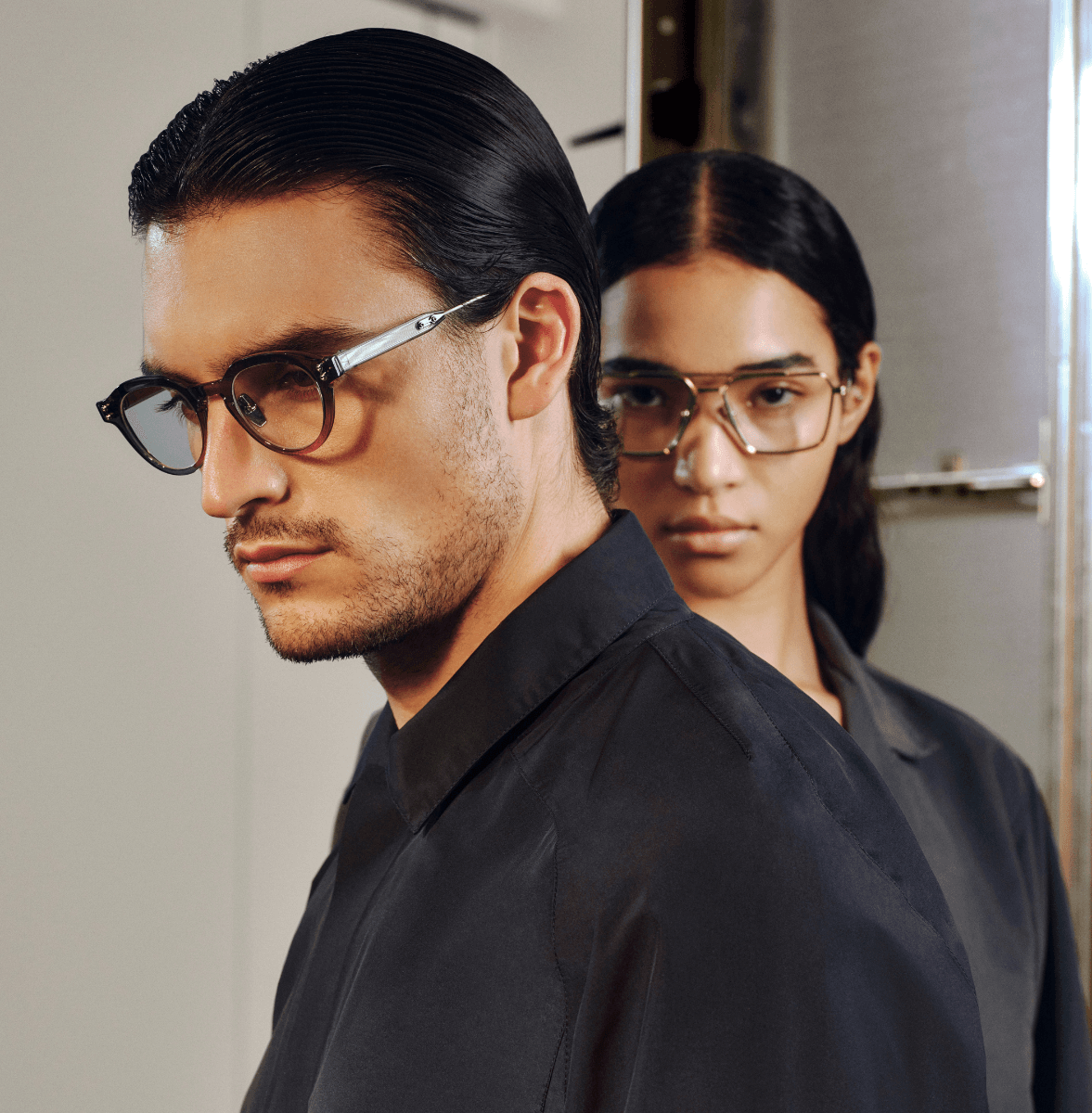Top reasons to consider transition glasses for your eyewear
Published on August 15, 2023
You’ve probably heard friends and family rave about their transition lenses. But what are transition glasses? How can they benefit your eye health and comfort?
Introduction to transition glasses
Photochromic lenses were invented in the 1960s, courtesy of William H. Armistead and Stanley Donald Stookey at Corning Glass Works, Inc. They were the masterminds behind the world’s first mass-produced variable-tint lenses that could transition from clear to dark when exposed to sunlight. Despite this groundbreaking innovation, it wasn’t until 1991 that this technology was commercialized.
Today, photochromic are very popular, especially with new generations, like millennials and Gen Z. The reason? They bring together convenience, a cool, high-performance technology, and value. GenXers and Baby Boomers are also drawn to the new generation of prescription transition glasses because past iterations of photochromic lenses took too long to acclimate to ambient lighting conditions.
Transition lenses features
Let’s the top reasons why transition lenses might be a perfect fit for your eyewear needs.
Innovation: Transition lenses aren’t just a fad. They’re adaptive eyewear that adjusts to different light conditions, giving you the comfort of a clear lens indoors and a darkened lens outdoors.
Comfort: Frequent shifts between different light environments can strain your eyes, leading to fatigue and headaches. Transition lenses help mitigate this strain by adapting to light conditions, ensuring comfortable vision.
Protection from UV rays: Transition lenses block 100% of UVA and UVB rays as well as glare, protecting your eyes from damage.
Blue light shield: These lenses protect your eyes from the blue light emitted by digital devices, helping to prevent eye strain, sleep disturbances, and long-term vision issues.
Convenience: Imagine not switching between regular glasses and sunglasses throughout the day. Transition lenses offer the convenience of two-in-one glasses.
Versatility: Transition lenses can accommodate single vision, bifocal, or progressive lens prescriptions. They are also compatible with high-index lenses and can fit nearly any frame.
Polarized options: Polarized transition lenses offer additional UV shielding, making them an excellent choice for those needing extra sun protection. For example, outdoor workers are prime candidates for transition glasses.
But how long do transition glasses last? The lifespan of transition lenses typically varies based on usage, care, and individual manufacturer specifications. We recommend changing your prescription transition glasses every two years and having a regular eye examination to ensure the health of your eyes. Remember, your vision might change over time, and keeping up-to-date with it is vital for maintaining optimal visual acuity.
Factors such as exposure to extreme temperatures, harsh cleaning chemicals, and how frequently the lenses transition between states can impact their longevity. Moreover, the more the lenses are exposed to UV light, the quicker they may lose their photochromic properties. Therefore, proper care and handling can help maintain the effectiveness of transition glasses longer.
Transition glasses offer multiple benefits that extend beyond mere convenience. Consider this smart eyewear option if you spend considerable time indoors and outdoors. Get in touch with Karir’s opticians to learn more about making the switch to transition lenses.




